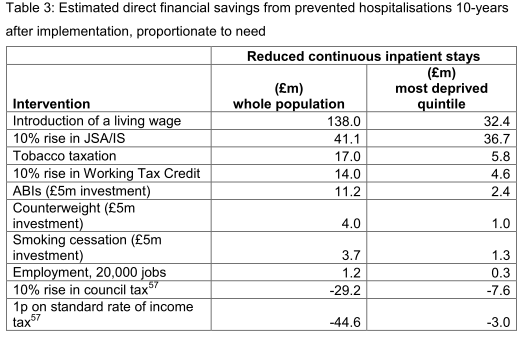The Conservative Party has been criticised for claiming that they have halved the deficit, when in monetary terms they have not. I have to leap to their defence. The test they have used, treating the deficit as a proportion of GDP, is entirely legitimate and appropriate. It sets spending against income, which is how it needs to be seen. I have used the same indicator myself in this blog.
Let me, however, take the case a little further. The figures in the first two lines come from the OECD and the World Bank. It’s not surprising that total social expenditure has been cut; but many people will not have realised that, by the test the Conservatives are now applying, spending on health care, which was supposed to be protected, has also suffered.
| 2009 | 2010 | 2011 | 2012 | 2013 | |
| Social expenditure | 23.9% | 22.8% | 22.7% | 23% | 22.5% |
| Health care | 9.9% | 9.6% | 9.4% | 9.2% | |
| Benefits and tax credits – working age and children |
6.1% | 6.0% | 6.0% | 6.0% | 5.7% |
| Tax reliefs | 18.3% | 18.8% | 20.5% | 21.3% |
The third line comes from the DWP. It’s true that benefits have increased over the years, but that is mainly down to two factors: pensions, and Tax Credits for the low paid. If we look only at the DWP benefits for people of working age, which include the ‘out of work benefits’, another story emerges. The figures are
1979 2.2%
1984 3.6%
1989 2.7%
1994 4.2%
1999 3.3%
2004 2.8%
2009 3.3%
2014 2.9%
There have been some fluctuations with economic conditions, as we might expect; but the high point was twenty years ago, during the Major government, and the narrative we often hear, of increasing dependency and a relentless increase in costs, is hogwash.
The last line in the table, drawn from a National Audit Office report earlier this year, shows the cost of tax reliefs as a percentage of GDP over the same period. It helps to make it clear where the government’s priorities lie.
